R.G.D.
Survivors Register.
R.G.D. receivers were produced in
comparatively small quantities compared to other British radio and television
manufacturers, and it would be interesting to ascertain how many examples of
each model still exist. In some cases no examples are known to have survived of
particular models, indeed in some instances it is not even known what the
equipment looked like as no advertising or promotional references can be found.
To aid research in assessing the number of
R.G.D. receivers still in existence visitors to this website are invited to
email the R.G.D. Museum website model numbers and serial numbers of any R.G.D. products they own.
When enough meaningful data has been compiled a table will be published on this
website indicating the known number of surviving examples. It is thought this
will be of interest to any current owners of R.G.D. equipment, and who knows –
you may turn out to have the only known remaining example of receiver.
Eventually it is hoped to acquire enough
information to compile a table similar to the early television database, where
owners of pre WWII televisions from around the world have contributed
information to enable this valuable resource to be compiled. It is anticipated
that the survival rate may be something in the order of about 1%.
The R.G.D. Museum and this website has no
desire to be involved with data records storage and retention regulations, so
only model number and serial number of each item is sought (not
names/addresses etc). It would be helpful
(though not essential) if a digital photo of the item and its serial number
plate could be included to improve data integrity. Any owners unsure of the
model number of their receiver can look for a similar image in the model range
pages of this website. Prior to WWII the model number was often not obvious,
unless the receiver had a card back.
Serial numbers of R.G.D. products appeared in
three formats over the years up to 1952. The image below left indicates the
early method, in use up until about 1933, where the number is punched into a
metal plate riveted to the chassis. The middle picture below indicates the
method used from about 1933 up until WWII. This is a very small brass plate
usually found on the back of the cabinet, though sometimes on the chassis
(usually the tuner chassis if two fitted). After WWII the serial number was
prominently displayed on a plate which also included the model number on the
rear of the cabinet, similar to the image shown below right.
 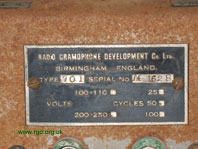  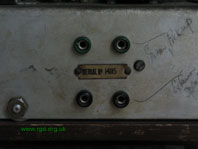  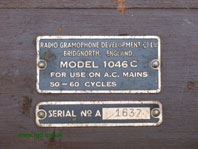
If you would like to contribute data please
send information and images to the address on the "Wanted/Contact"
page.
© 2009 AND BEYOND COPYRIGHT RETAINED ON ALL TEXT AND IMAGES ON THIS SITE.
| 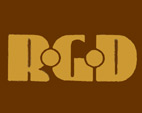

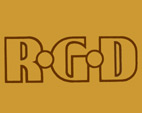
![]()


